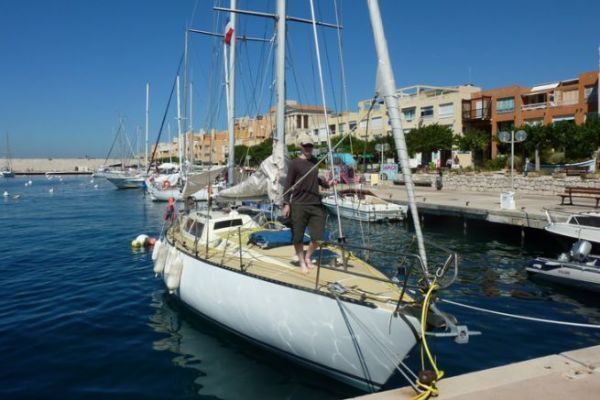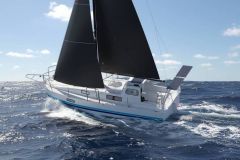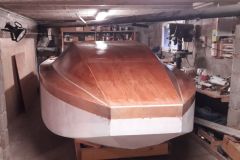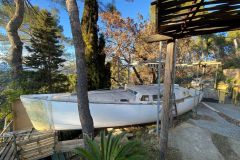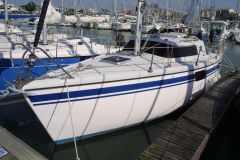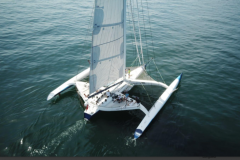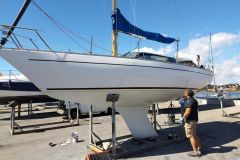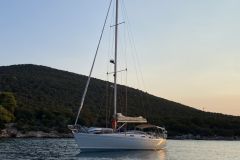Walter is a mason. Nothing predisposed him to sailing, but with his Sixties-era ideas, he decided to buy the plans and build the boat in ferro-cement, a material he knew well. The hull is built upside down on a wooden dummy. The mesh structure is carefully crafted, with no protruding metal "splinters" to prevent the metal parts from coming into contact with the water and rusting. Today this Gribsy 36 is for sale in the classifieds .
Fine construction
The interest of this plan lies in its relatively small displacement. At 8.5 tonnes, it is lighter than the amateur steel constructions of the time. The concrete part is very thin, 13 to 14 mm for the dead works, 14 to 16 mm under the waterline and 11 mm for the bridge. The concrete has to be poured in one go, starting from the top. It's going to be a night's work for all our friends. It's a special concrete delivered from France. The hull will then receive 6 coats of epoxy resin for waterproofing and finishing.
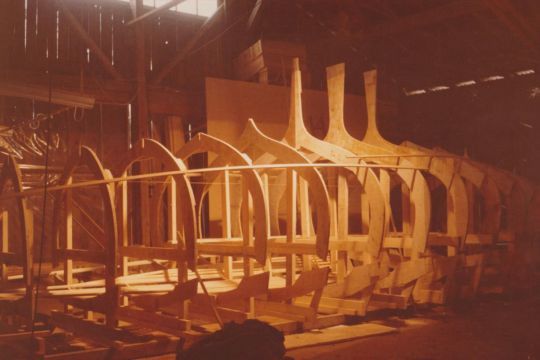
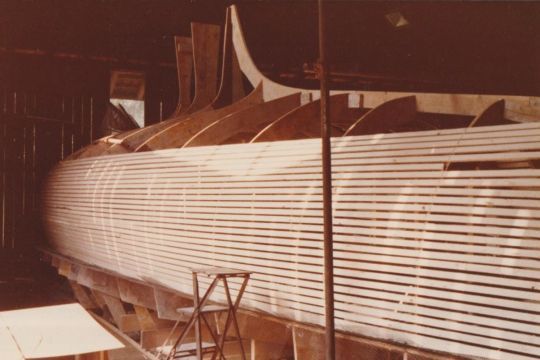
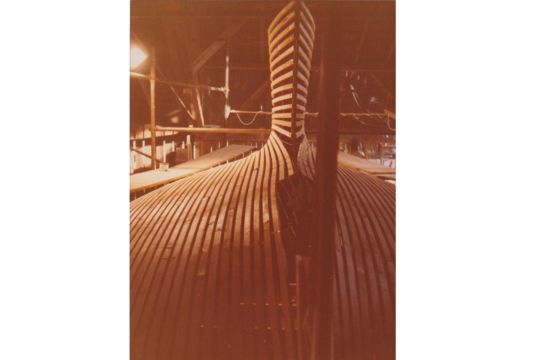
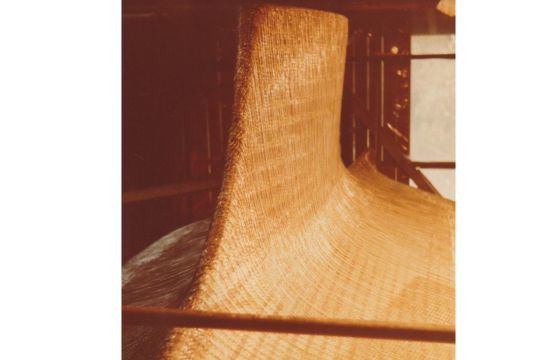
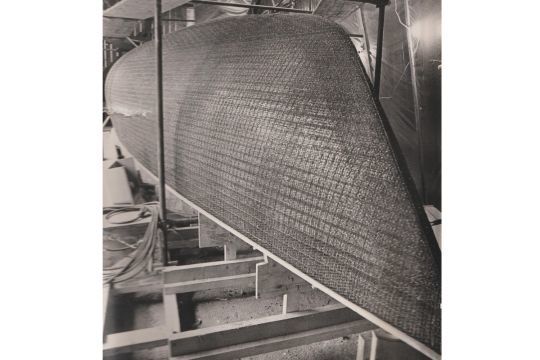
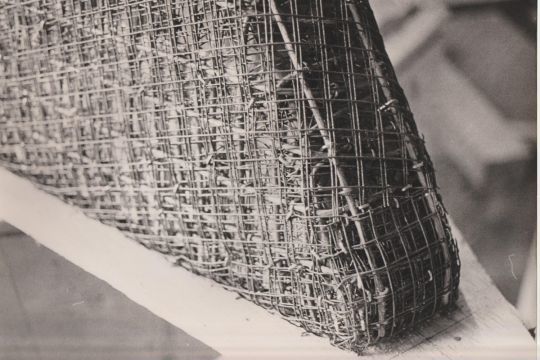
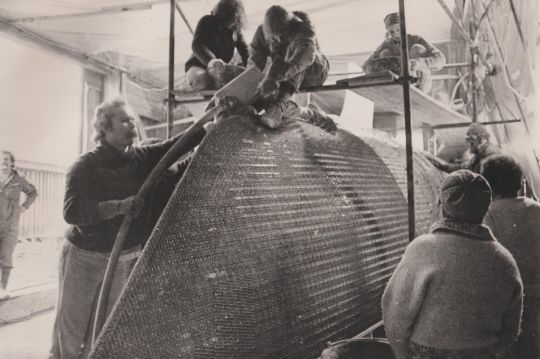
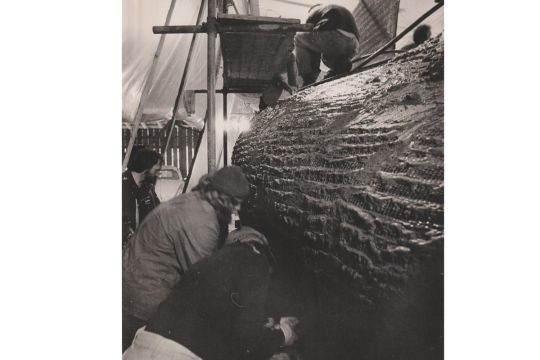
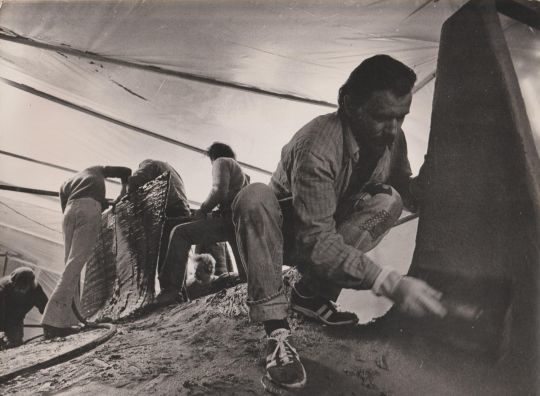
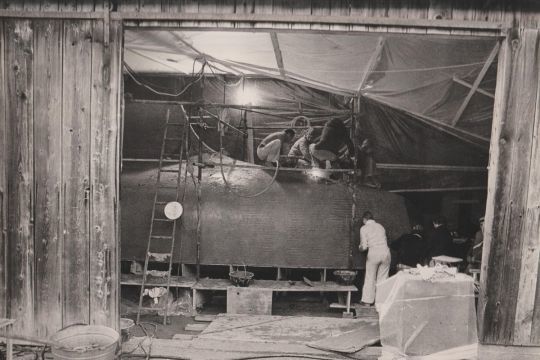
5 years of construction
Construction lasted 5 years, marked by a fire in the hangar which fortunately spared the sailboat... To keep up with her husband's project, Martine negotiated a series of stages, each of which involved the birth of a child. The eldest was born with the purchase of the engine, a Perkins bought in England. The end of the hull marked the birth of the second.
A ketch rather than a sloop
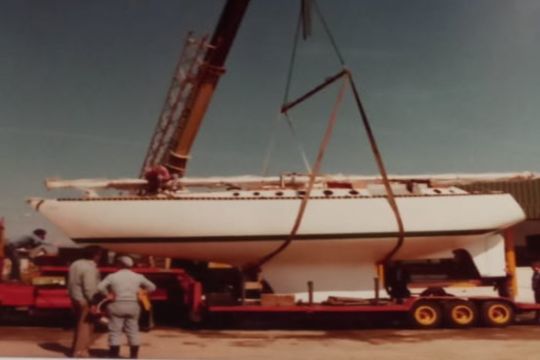
In its initial version, version 1, the plan for the Grisby 36 designed by Jean Fleury, the yacht was rigged as a sloop. But Walter wanted a ketch and asked the architect to modify the sail plan accordingly. The deck plan now includes a central cockpit and a steering wheel.
The Mediterranean for starters
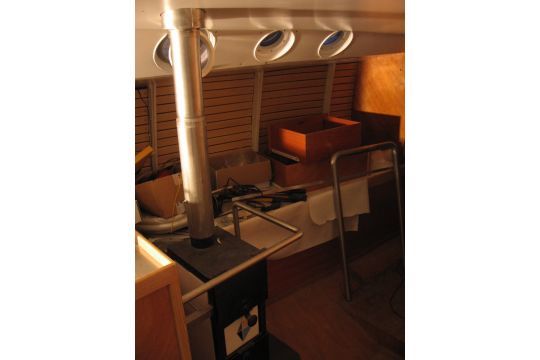
The launch will take place at the bottom of Lake Geneva in Bouveret. This is where the boat is trimmed for its first trials under sail. She was then reloaded onto a truck for another launch north of Lyon. Via the Rhône, she will reach the Mediterranean in 1982.
Then it was time for the great family voyage. For 2 years, the parents and their two children (Olivier, 4, and Vincent, 1) would scour the Mediterranean, exploring Sardinia, Italy, Greece and Turkey. Back in France, the sailboat will then be used only for vacations to Corsica and Sardinia.
A 10-year refit
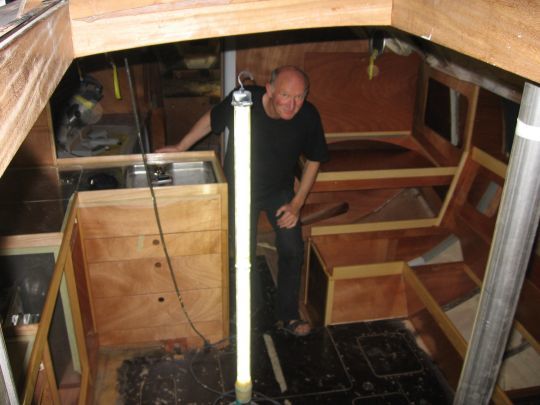
In 1999, Walter decided to check whether the hull was still structurally sound. The risk with ferro-cement constructions is that the wire mesh will rust behind the concrete, causing the hull to lose all rigidity. Her owner repatriates the yacht to Switzerland and begins a thorough restoration. He dismantled all the fittings, sandblasted the interior and drilled the entire hull in multiple places. Through each hole, he can inspect the quality of the grating. Fortunately, the yacht turned out to be very sound and the hull intact.
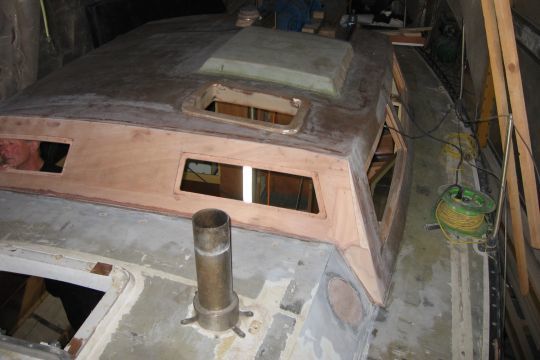
Walter decided to make some modifications to the boat. Gone was the central cockpit, replaced by an aft cockpit with a tiller. A "panoramic" deckhouse will give visibility from the inside to the new layout. This new layout, unlike the old one, is made entirely of wood.
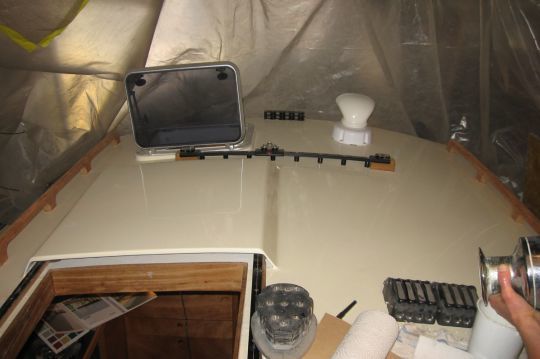
This refit, initially scheduled to last just one winter, will now last 10 years! The entire layout will be modified. Only the front cabin remains untouched.
A transatlantic race for version 2 of the sailboat
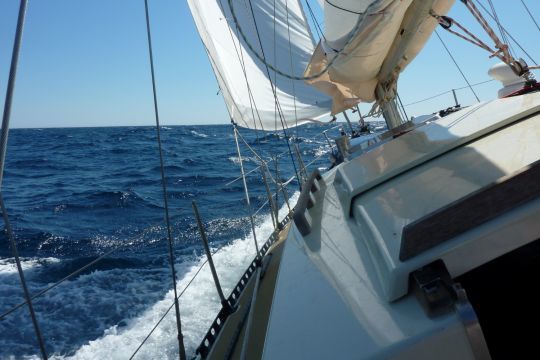
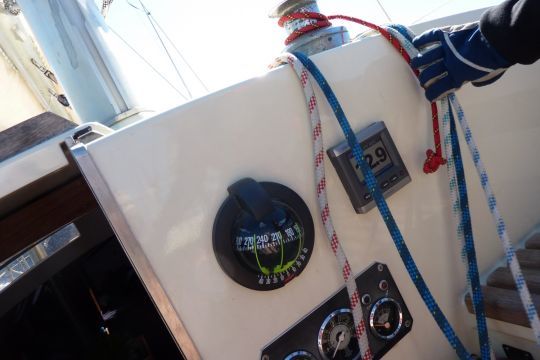
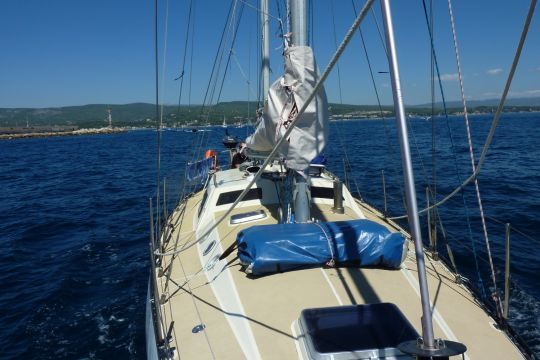
Finally, in 2009, the yacht was relaunched in Port-de-Bouc and set sail for new horizons. She crossed the Atlantic the following year, and now lives a peaceful life based in Martinique.
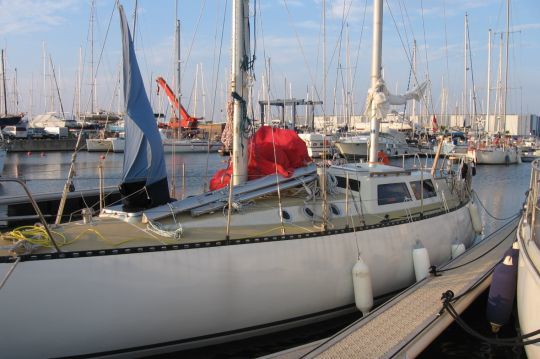
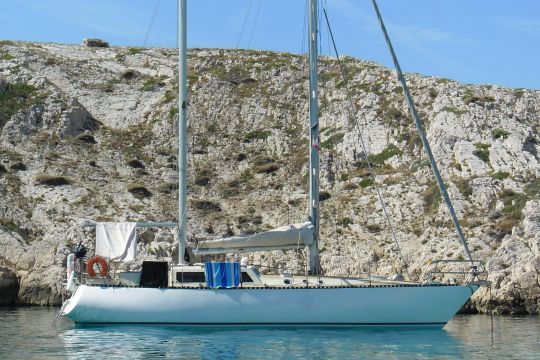
Alas, time marches on and an ageing Walter finds himself forced to sell his yacht neither of his sons could take over from him. It's a heartbreaker for this sailor, who hopes to find a yachtsman who will appreciate the Marwal as much as he does, and enjoy sailing aboard her as much as he does.
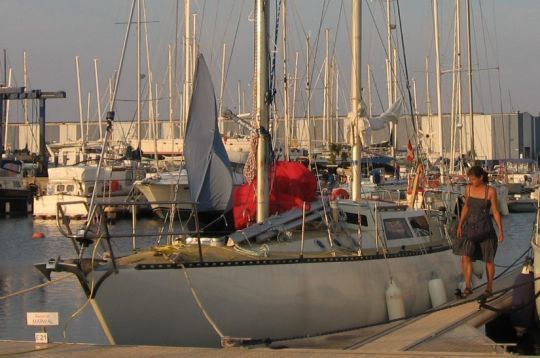
Find Marwal in classified ads :

 /
/ 